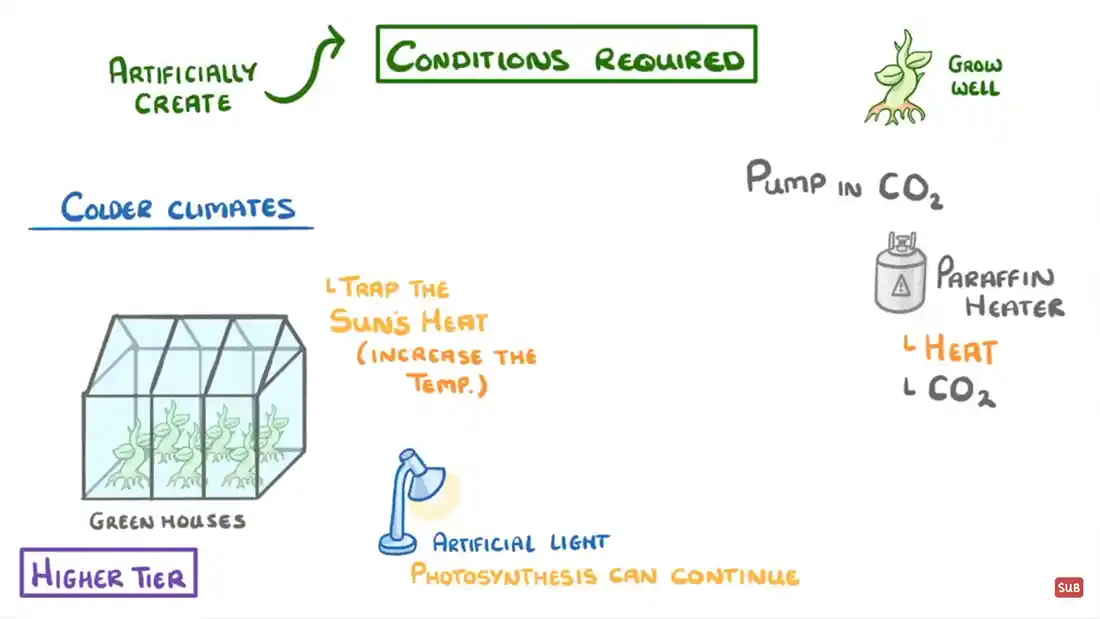

Factors, photosynthesis, sunlight, temperature, carbon dioxide, water supply, pH level, water stress, agriculture, light wavelength, light duration
If you know the process of photosynthesis, you will also have an idea that certain components will not work without certain things happening. We are going to explore that here.
So, sunlight is important for photosynthesis to occur, right? The more sunlight there is during the day, the faster photosynthesis happens, and this means the plant can grow quicker, whether in growth, or reproduction, or creating a blooming flower.
But when that sunlight goes away, what happens to the plant? Well, it doesn't die. But what does happen is that the rate of photosynthesis slows right down. It almost completely stops.
Hang on, when the moon is out, there is light reflected from the sun, so does it happen then during the night? Well, the short answer is no. It doesn't. There has been some research on this carried out, and it has been found that some algae and phytoplankton is able to use the moon's reflective light as a source to photosynthesise, but it is very minimal.
What it does do though is mess with the circadian rhythm of a plant's cycle. By this, I mean that it can affect the plant and make it think it needs to photosynthesise when it doesn't. You have a bedtime, right? So do plants. They sleep in the night, and try and avoid the moonlight if they can so it doesn't disturb them.
What about temperature? Does it really matter if the temperature is low or high? Yes. If there is a higher temperature, photosynthesis will occur faster. The lower the temperature, the slower this process will happen.
So, if you think about it, plants around the equator will grow quicker as there is more heat in the area, whereas plants nearer the North of the planet will grow slower, due to the temperature being lower.
The following still is from a video on factors that are abiotic and biotic, with the following details:
Please click on the image to view the video.

Yes, the stuff you breathe out influences the rate of photosynthesis. If there are lower levels of CO2 in the atmosphere, then photosynthesis happens at a slower rate. The higher the levels of CO2, the quicker photosynthesis happens.
So, if you think about how well plants survive next to old industrial units that used to create massive amounts of carbon dioxide from production methods, then it is clear that there was a higher level of it in the area.
But, higher amounts of carbon dioxide do have a limit. Because plants can only process so much carbon dioxide at a time, the level of carbon dioxide being processed will plateau, meaning that there is a limiting factor here for it.

A limiting factor for plants can be biotic or abiotic. This means that it can be an impact that is living (for example, competition from other plants), or non-living (rapid temperature increase or decrease). It can also be both.
Another major component of photosynthesis is the ready availability of water. If there is no solid supply of water, then photosynthesis will happen slowly, or not at all. At the same time, if there is too much water, photosynthesis may not happen. Water is needed to help the Calvin Cycle, as it creates ATP (Adenosine triphosphate) energy. Lower levels of water means it will disrupt this creation.
There are other, smaller factors that affect photosynthesis, and they include:
Any difference in any of these would affect the rate of photosynthesis.
Disclaimer | About Me | Sitemap
Website design by SyntaxHTML.



Blue icons adapted from icons courtesy of Smashicons.com